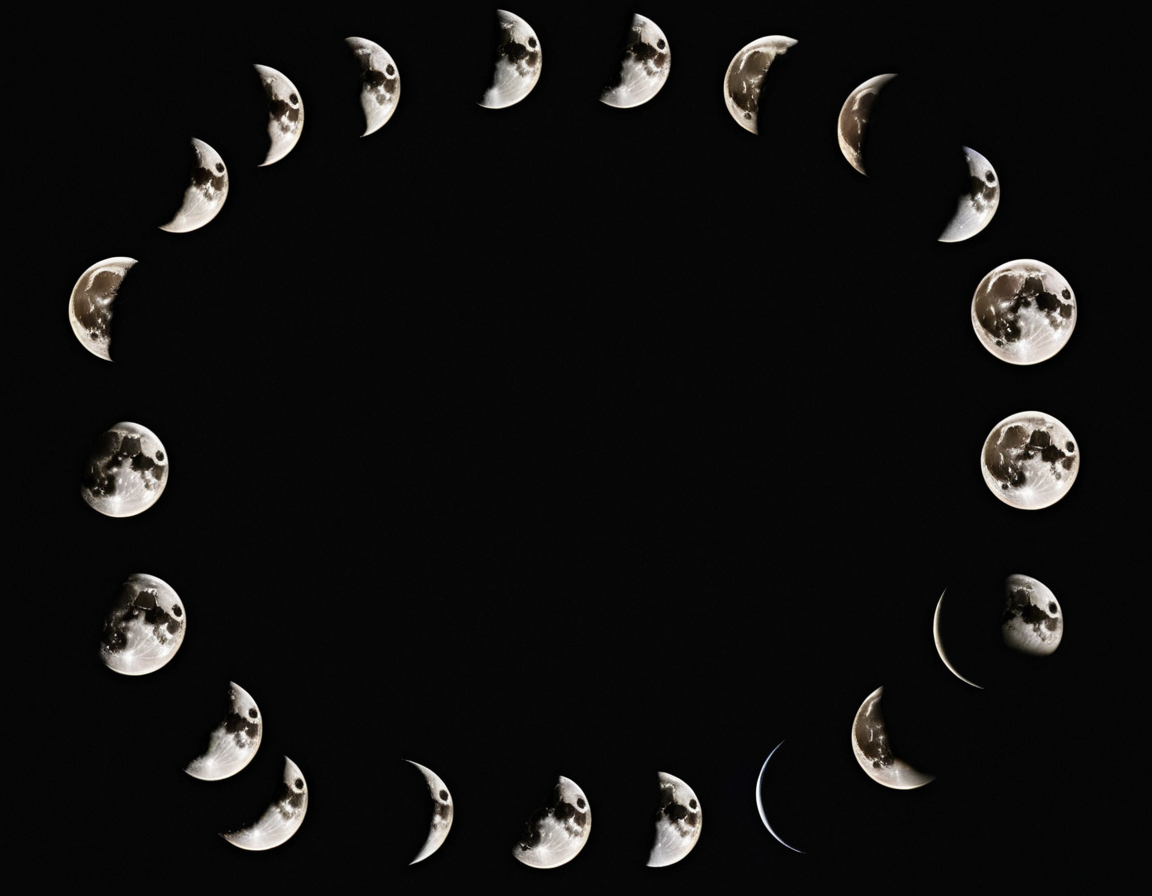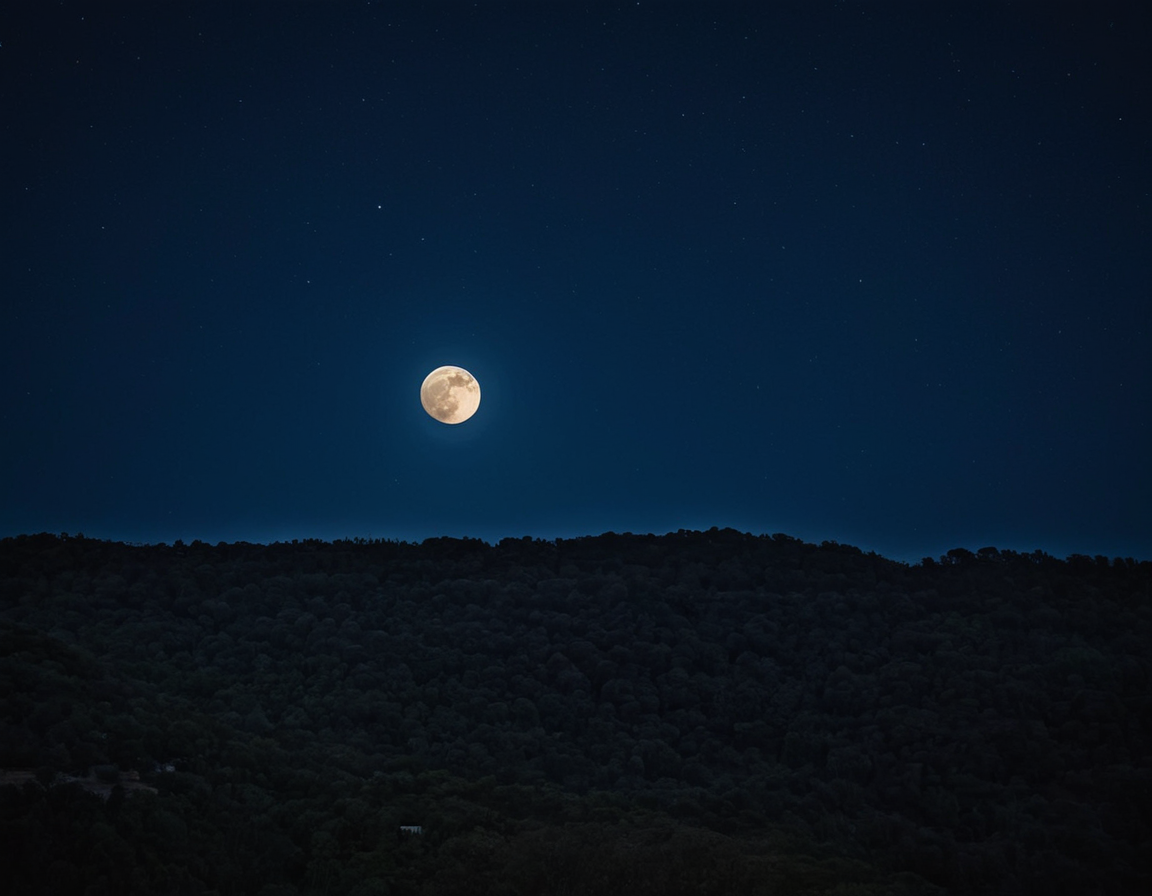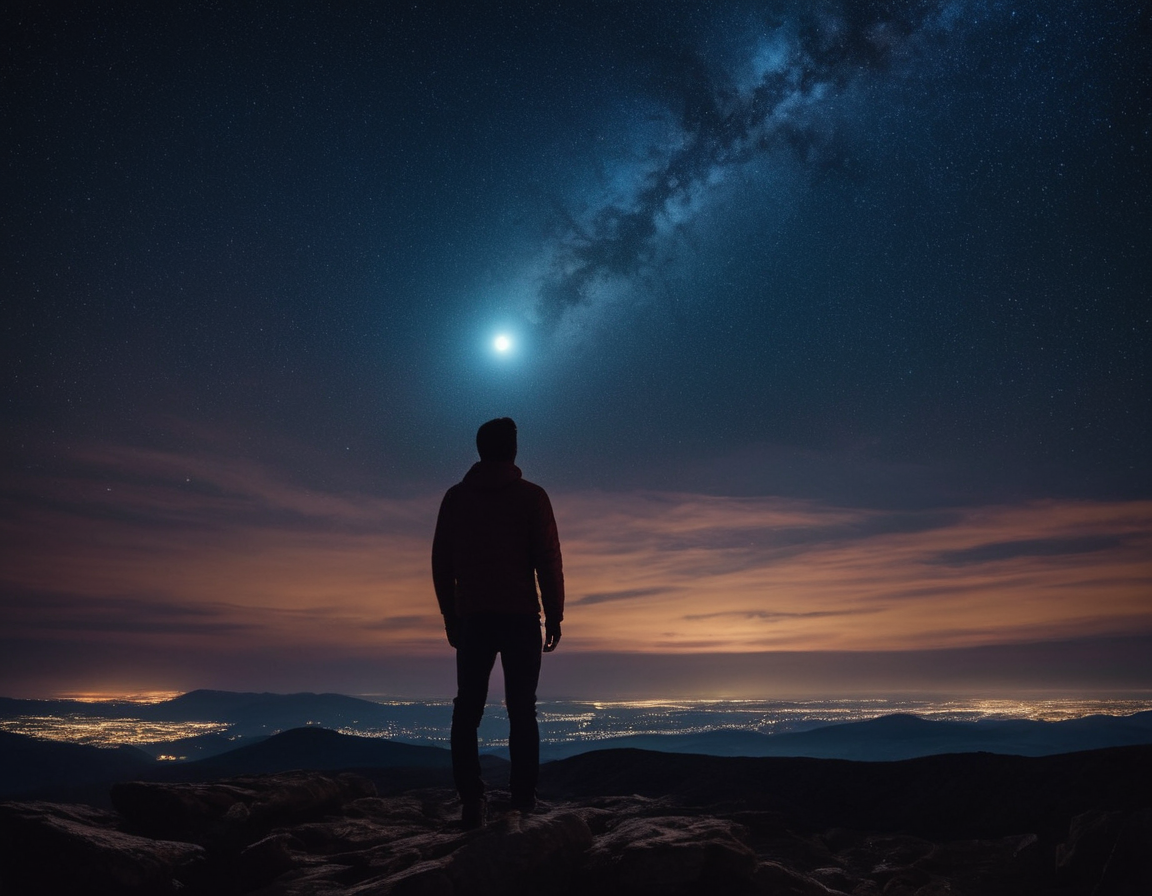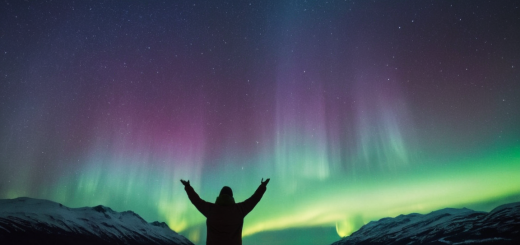Embracing Change: Summarizing the Phases of the Moon
Understanding the Lunar Cycle: Phases of the Moon
The Moon, Earth’s closest cosmic neighbor, has fascinated cultures and civilizations for millennia. Its gentle glow and apparent shape-shifting nature are not just subjects of poetic lore, but also the basis for calendars and the study of the universe. Today, we’ll delve into the wonder of the lunar cycle and demystify the phases of the moon. 
What Are the Lunar Phases?
Simply put, the phases of the Moon represent the changing appearance of the Moon as it orbits around Earth. These are caused by the geometric positions of the Moon, Earth, and the Sun, altering how much of the moon we can see lit by the sun at any given time.
The New Moon
Starting with the new moon, this phase occurs when the Moon is positioned between Earth and the Sun. The side of the Moon that is illuminated by the Sun faces away from Earth, rendering it virtually invisible to observers on Earth’s surface.
The Waxing Crescent
As the Moon moves in its orbit, a sliver of illumination becomes visible from Earth—this is known as the waxing crescent. It signals the beginning of the Moon’s journey towards full illumination.
First Quarter
The first quarter phase unfolds when the Moon has traveled a quarter of the way through its orbit. We see exactly half of the Moon’s surface illuminated—the other half concealed in the Moon’s own shadow.
The Waxing Gibbous
Leading up to the full moon, more than half of the Moon’s face is illuminated, presenting the waxing gibbous phase. This period signifies anticipation as the Moon grows fuller each night.
The Full Moon
The full moon needs no introduction. It is perhaps the most celebrated lunar phase, where the Moon’s face is entirely illuminated by the Sun and fully visible from Earth. It’s the midpoint of the lunar cycle, and a time that has been regarded with much mystique and folklore.
The Waning Gibbous
After the brilliance of the full moon, the Moon enters the waning gibbous phase. The illuminated portion starts to decrease but still more than half remains visible, representing the beginning of the end of the cycle.
Last Quarter
The last quarter mirrors the first quarter, yet in this phase, the opposite side of the Moon is illuminated. We again see half of the Moon’s surface as it continues to wane.
The Waning Crescent
‘The old moon in the new moon’s arms’ is a poetic description of the waning crescent. It indicates the final stage before the Moon returns to new, completing the cycle.
Lunar Impact on Earth
The Moon’s phases also influence life on Earth, dictating tidal movements and, as some argue, affecting human and animal behavior. Despite these influences, it’s the universal rhythm of the lunar cycle that continues to inspire and intrigue. 
As we wrap up, take a moment tonight to gaze up at the sky. The Moon you see is a phase in a celestial dance as old as time, a dance in which we, too, are participants. 






